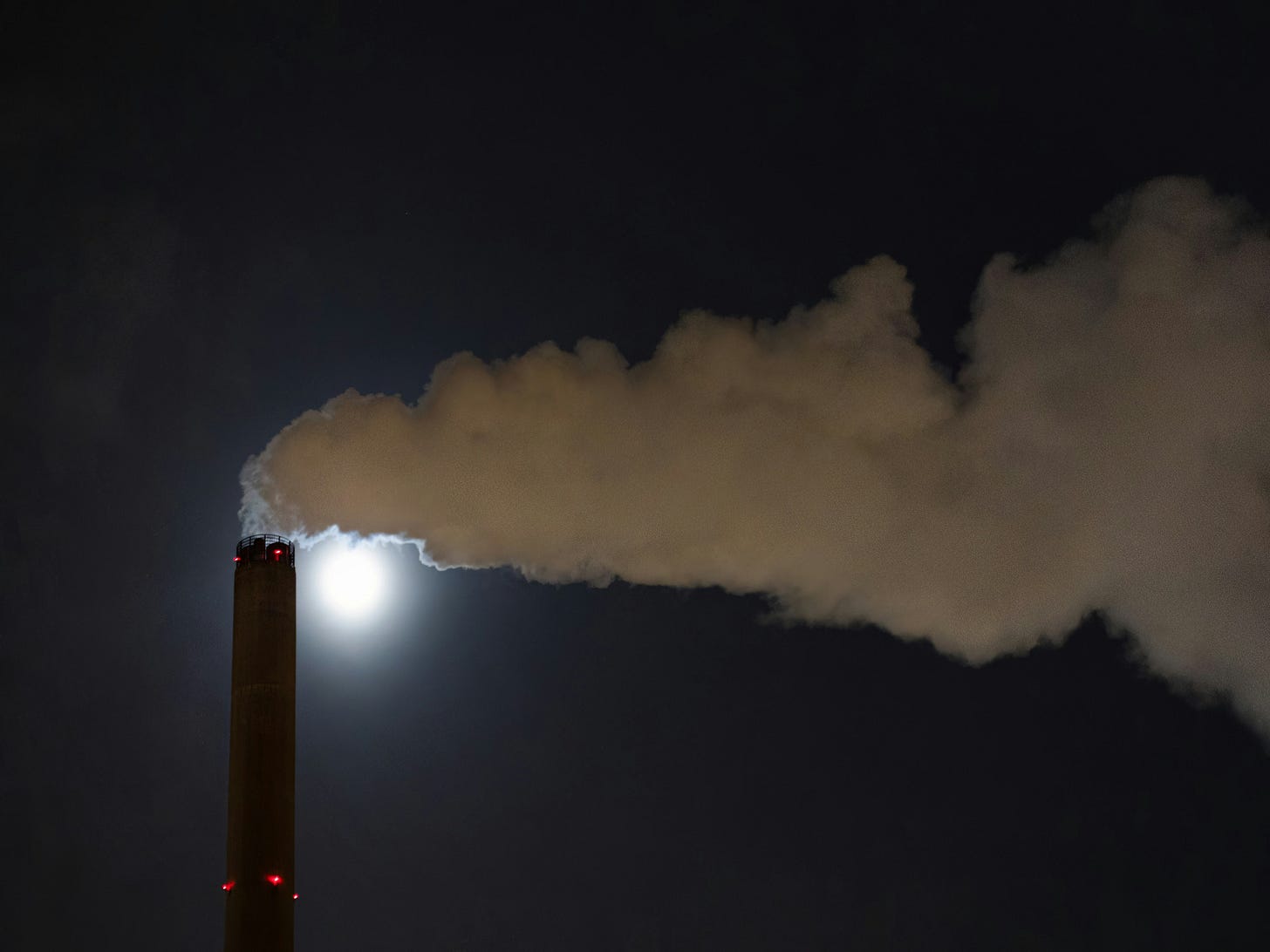Interior Launches a Strategic Plan for Industry, Not Americans
Behind the polished language, the DOI’s strategic plan is a sweeping agenda to expand drilling, grazing, and privatization of public lands.
By Grace Kuhn, Digital Director
The Department of the Interior’s Draft FY 2026–2030 Strategic Plan, leaked by Public Domain, reads less like a vision for environmental stewardship and more like a corporate growth manifesto — one that would make Wall Street proud, but leaves the American public, wildlife, and public lands behind.
Framed as a “bold, outcome-driven roadmap,” the Plan instead delivers the same tired priorities we’ve come to expect under extractive-friendly leadership: more oil, more gas, more grazing, more roads, and more deregulation. The language is slick, but the substance is clear: Public lands are being rebranded as a portfolio of “national assets” to be exploited, not ecosystems to be protected.
Under Goal 1, the Department proposes to “restore prosperity” by fast-tracking fossil fuel development, expanding mining access (including in Alaska), slashing NEPA review, and reducing grazing costs — all while using AI to speed up the destruction. At no point is climate change named, let alone meaningfully addressed. Wildlife and biodiversity are given lip service under Goal 3, only to be undermined by simultaneous goals of expanding logging, “right-sizing” monuments, and “delisting endangered species.”
This is greenwashing at the highest levels. It mirrors the Trump administration’s latest Earth Day statement declaring victory for “science-based” environmental leadership — all while gutting environmental safeguards, promoting fossil fuel dominance, and rubber-stamping development on public lands. The Strategic Plan is the bureaucratic companion piece to that lie — wrapping extractive industry priorities in the language of sustainability and resilience.
“Restoration” in this context doesn’t mean restoring ecosystems — it means restoring lands to production. “Access” doesn’t mean equitable enjoyment — it means off-road vehicles, snowmobiles, and pipeline ROWs. “Conservation” is gutted, replaced with cost-saving metrics, economic outputs, and strategic land swaps with states and industry partners.
The framing alone is alarming. Each section of the Plan comes complete with a “Public Message” — not designed to educate or involve the public, but to sell the agenda. These pre-scripted blurbs conceal intent: for instance, calling for “trust and treaty responsibilities” while proposing to expand energy development on tribal lands, or promising to “enjoy our natural resources” while fast-tracking leases and deregulating oversight.
Reducing “costs” for grazing and other land uses is another clear signal to the livestock industry: DOI intends to keep public lands subsidies flowing, regardless of the damage to watersheds, wildlife, and native vegetation. But this program isn’t just destructive — it’s wildly inefficient and fiscally indefensible. Public lands livestock grazing contributes less than 2% of the nation’s beef supply, yet it costs American taxpayers an estimated $229 million a year in subsidies and environmental harm. The agencies are told to “maximize revenue” from grazing and timber — but ignore the ballooning costs of habitat loss, invasive species, predator control, and wildfire exacerbation.
Despite claiming to support science, the plan promotes “species management” strategies that mirror state-level predator killing programs — encouraging hunting and the elimination of so-called “invasive” species under the guise of ecosystem health. Species delisting is listed as a performance measure — not a reflection of recovery, but a bureaucratic checkbox to ease regulatory burdens. Even the idea of “co-management” is really collusion when decisions are ultimately driven by industry and state-level interests that have long prioritized livestock and extractive uses over biodiversity.
Meanwhile, DOI’s explicit goal of returning “heritage lands” to states and increasing private involvement through “public-private partnerships” is a quiet invitation to sell off, privatize, and industrialize public resources. Strategic land swaps and “returned resources” are dressed up as collaboration, but in practice, they facilitate state takeovers and piecemeal privatization — especially in western states where anti-conservation politics dominate. Once these lands leave federal management, protections disappear, and the bulldozers, oil rigs, and cows and sheep move in.
Western Watersheds Project stands in sharp opposition to this agenda. It is a plan crafted for mining executives, grazing permittees, and oil lobbyists — not for the American people who cherish public lands, clean water, wild spaces, and biodiversity. The DOI’s true mandate should be protecting these lands for present and future generations, not using them as collateral for short-term economic exploitation.
We urge the public — and especially Tribes, scientists, and conservation advocates — to scrutinize this plan closely and speak out before it’s finalized. The clock is ticking, and this “strategic alignment” is aimed squarely at aligning with the fossil-fueled past, not a just or sustainable future.






Same old same old from the DOI. Those bums won't be satisfied until there's no land left to "develop"
Thanks for this wonderful summation.